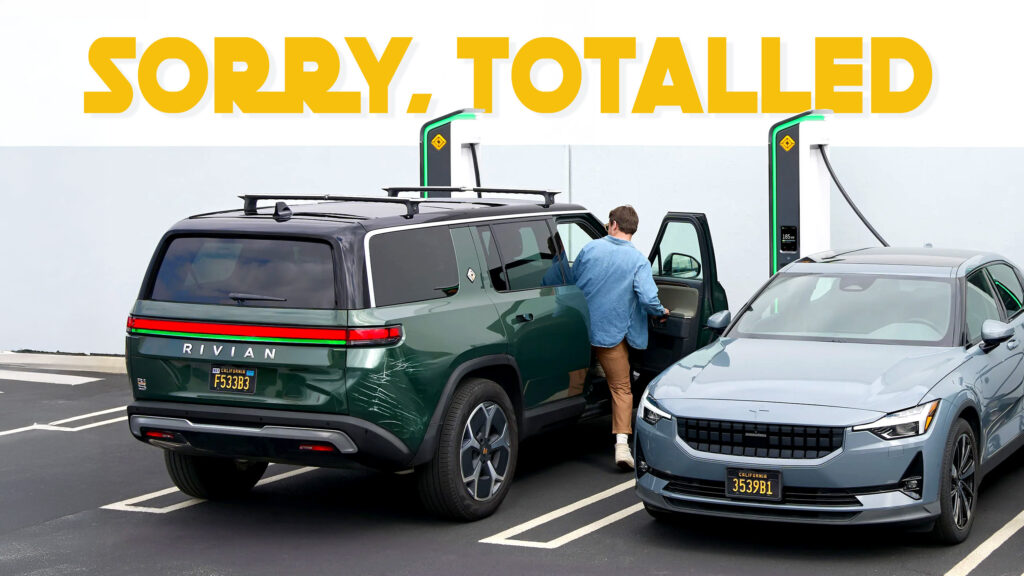- A new study shows 27% of cars in accidents are now considered total losses.
- That number represents a bump of 42 percent compared to just five years ago.
- Insurance companies are quickly writing off cars due to rising repair and tech costs.
Cars today are more complex than ever before, and no, that’s not just because you can finally get Wi-Fi in your car (although that helps too). The real reason? The automotive industry’s relentless push for safety technology. The downside? It’s making the cars we love harder to repair, and in some cases, downright totaled after a fender-bender.
Read: After A Point, Bigger Vehicles Aren’t Safer, But They Could Hurt Others
According to a new study from Axios, using data from LexisNexis Risk Solutions, a number of factors make it more likely than ever that your car will be deemed a write-off if you’re in a wreck. Let’s take a look at the cogs leading to higher insurance premiums than ever before.
More Car Tech Equals More Write-Offs
According to LexisNexis, 27% of cars involved in accidents are now considered totaled, a significant jump from just 19% in 2018. And that wasn’t a one-off year: the percentage has risen steadily each year since, suggesting this trend isn’t slowing down anytime soon.
When the pandemic hit, replacement parts became more expensive. It took far longer to get them too. Then, on top of all that, the cost of loaner cars went up as well. All of that led to higher costs for insurance companies. It’s only part of the puzzle though.
Safety Tech or Expense Trap?

As Axios put it, “crashing a car is like crashing a computer these days.” It’s a pretty spot-on analogy, especially when you consider that replacing a bumper now often means replacing a bumper possibly packed with radar, lidar, and ultrasonic sensors. These aren’t the kind of parts you’ll find in an old Honda Civic. While a fender-bender on a ’93 Corolla might only need a few hours of labor and a basic part swap, today’s vehicles—loaded with sophisticated tech—are a whole different animal.
Read: Guess How Much It Costs To Repair This Rivian R1T
Here’s the kicker though. Let’s say that you get into a minor fender bender where components like the ones mentioned above aren’t damaged but rather pushed out of place or left a little askew. The insurance company still has to pay to get those components working correctly, whether that means recalibrating or replacing them. So much for the “cheap fix” of days gone by.
What This Means for Your Wallet
Ultimately, this all contributes to rising insurance premiums. Axios reports a 15% jump in full-coverage insurance rates in 2024 and expects another 5 percent increase this year.
There’s no question that cars are more capable and safer than they’ve ever been. At the same time, the systems that make them so are costing consumers way more in premiums. Thus, when it comes to safety, it definitely comes at a price when buying or leasing a new car equipped with the latest tech.





